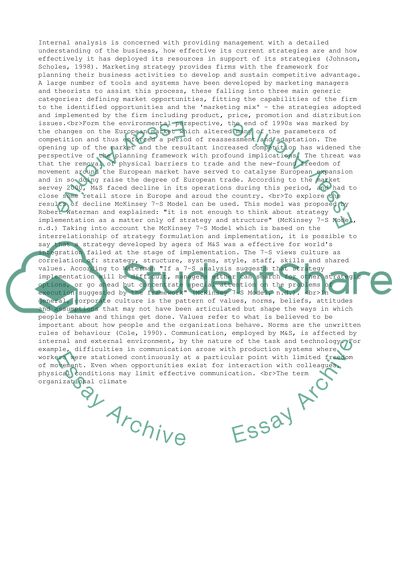Cite this document
(“Marks & Spencer Essay Example | Topics and Well Written Essays - 2750 words”, n.d.)
Retrieved from https://studentshare.org/business/1521191-marks-spencer
Retrieved from https://studentshare.org/business/1521191-marks-spencer
(Marks & Spencer Essay Example | Topics and Well Written Essays - 2750 Words)
https://studentshare.org/business/1521191-marks-spencer.
https://studentshare.org/business/1521191-marks-spencer.
“Marks & Spencer Essay Example | Topics and Well Written Essays - 2750 Words”, n.d. https://studentshare.org/business/1521191-marks-spencer.


